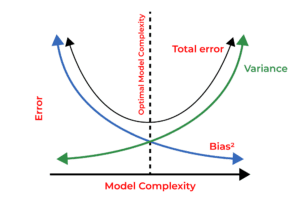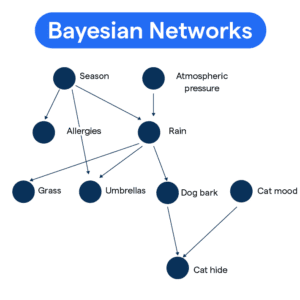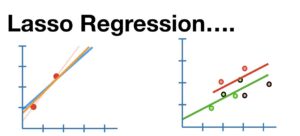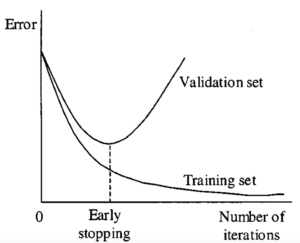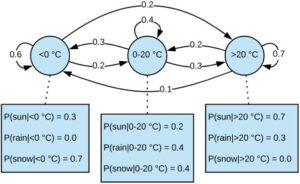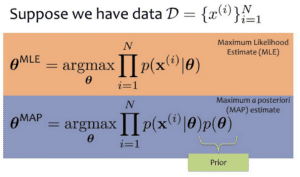
A Very Short Introduction of Maximum Likelihood Estimation (MLE) and Maximum A Posteriori (MAP) Learning
A Brief History: Who Developed It? Maximum Likelihood Estimation (MLE) and Maximum A Posteriori (MAP) Learning are cornerstone techniques in statistical learning. Ronald Fisher introduced MLE in the early 20th century as a tool for statistical estimation. MAP, building on


